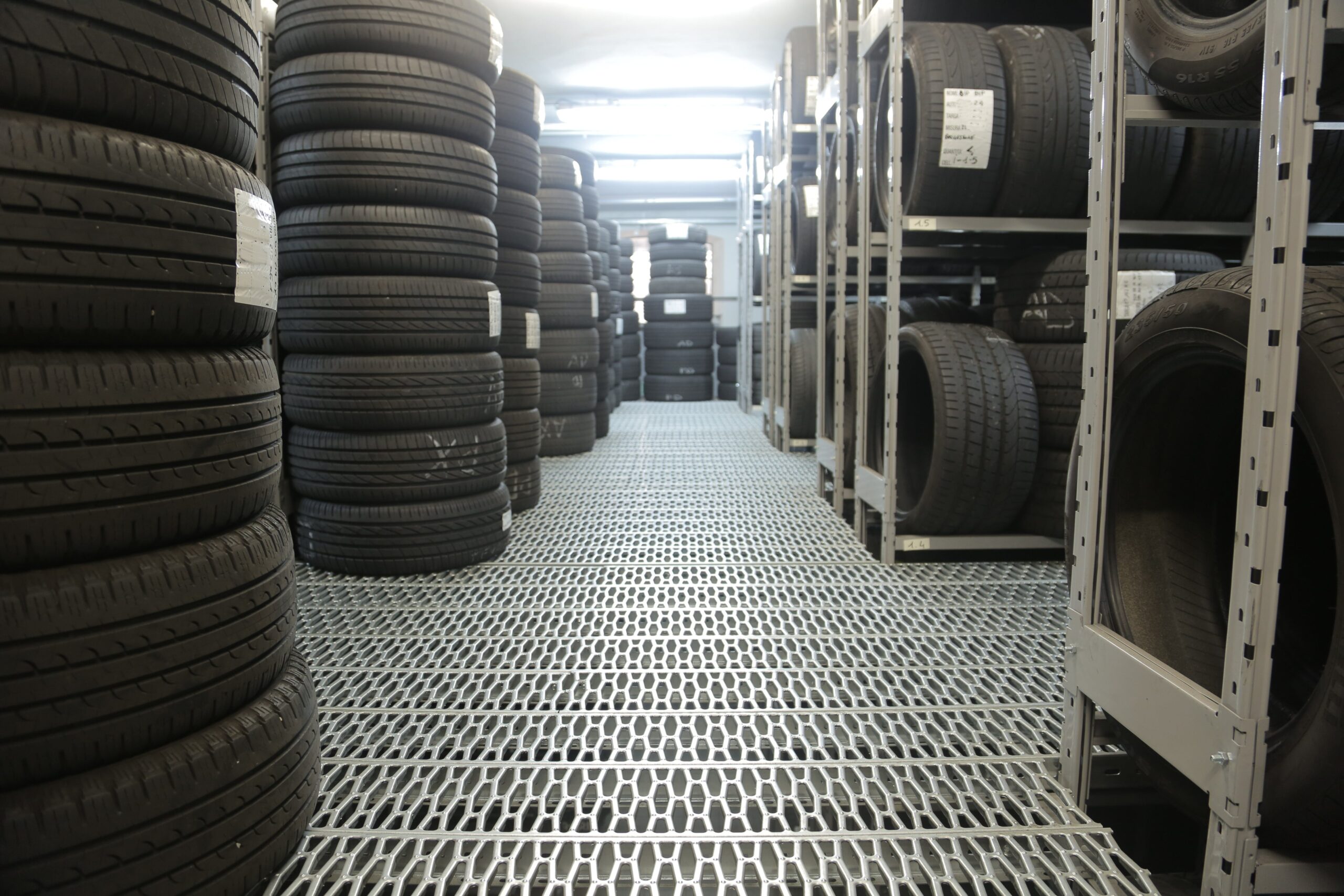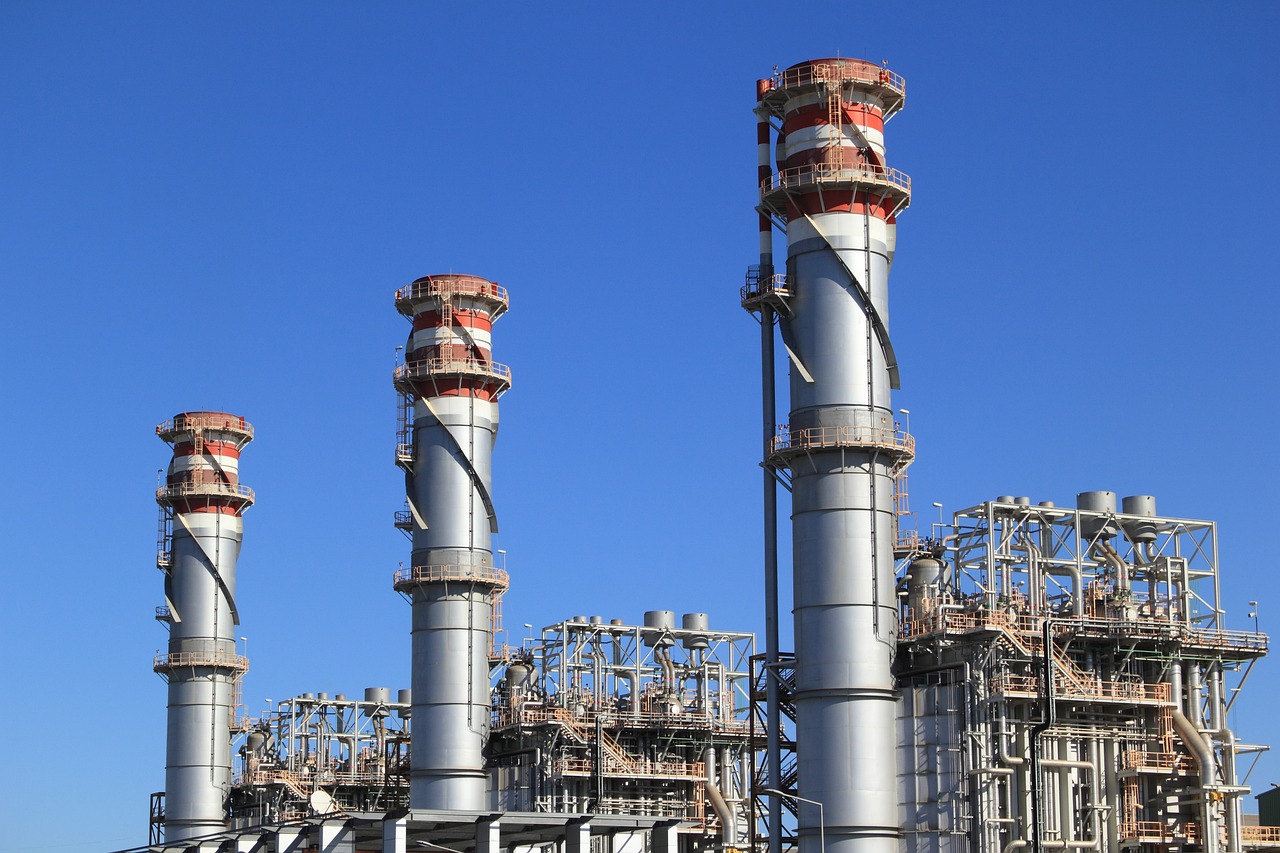Tires are an integral part of our daily lives, and they play a crucial role in ensuring the safety and efficiency of our vehicles. They are the only point of contact between a vehicle and the road, making their construction and design a subject of constant innovation and improvement. In the past, the term “ply” was used to describe the layers within a tire’s internal structure, but the world of tire construction has evolved significantly. In this article, we will explore the concept of ply in tires, how it has changed over time, and the modern methods of tire construction that have rendered the traditional ply count less relevant.
A Brief History of Ply in Tires
Traditionally, the term “ply” was used to refer to the layers of material that make up the tire’s carcass. These layers were typically made of fabric or steel cords that were coated with rubber. The number of ply layers within a tire was considered an essential factor in determining its strength and load-carrying capacity.
For many years, tire manufacturers produced tires with a specific number of ply layers, and consumers often encountered terms like “4-ply” or “6-ply” tires when shopping for new rubber. The idea was simple: more ply layers equaled greater strength and durability. If you needed a tire that could handle heavier loads or rougher conditions, you would choose a tire with a higher ply rating.
The Transition to Radial Ply Tires
In the mid-20th century, there was a significant shift in tire technology with the introduction of radial ply tires. Radial tires are designed with the internal layers of the tire’s carcass running perpendicular to the direction of travel (hence “radial”), in contrast to the older bias-ply tires, where the layers crisscrossed at angles. Radial tires had several advantages over their bias-ply counterparts, including improved fuel efficiency, better handling, and longer tread life.
One of the key characteristics of radial tires is that they have fewer visible ply layers compared to bias-ply tires. This change prompted a shift in terminology and the way we think about tire construction. Instead of focusing on ply count, tire manufacturers started to emphasize other aspects of tire design, such as the materials used, the belt structure, and the sidewall construction. These elements became more important in determining a tire’s performance, strength, and load-carrying capacity.
The Role of Belted Radial Tires
Within the radial tire family, there is a subtype known as belted radial tires. These tires incorporate an additional layer known as a steel belt or belts. These steel belts are strategically placed between the tire’s tread and the radial plies. The primary purpose of the steel belts is to provide added strength and stability to the tire, especially during high-speed driving and heavy load-carrying.
The introduction of steel belts further exemplifies the evolution of tire construction. While the number of ply layers is no longer the primary focus, the combination of radial plies and steel belts has become a critical factor in determining a tire’s performance characteristics. These belts reinforce the tire’s structural integrity and provide improved contact with the road, enhancing traction, tread life, and overall performance.
Modern Tire Construction and Ply Ratings
In contemporary tire manufacturing, the concept of ply ratings still exists, but it has become a somewhat simplified and less prominent aspect of tire selection. Instead of counting individual layers, tire manufacturers now employ advanced materials and construction techniques to create tires with the desired performance characteristics.
The term “ply rating” today often refers to the load-carrying capacity of the tire, rather than the number of actual ply layers. A higher ply rating typically signifies a tire with greater load-carrying capacity. However, this is not a strict rule, and ply ratings can vary between different tire brands and models.
When choosing tires, it’s essential to consider various factors beyond ply rating. These factors include tire size, load rating, speed rating, tread pattern, and the intended use of the tire. Let’s take a closer look at some of these key considerations:
1. Tire Size
Tire size is a critical factor when selecting the right tires for your vehicle. The size is typically represented by a series of numbers and letters on the tire’s sidewall, such as P215/65R15. These numbers indicate the tire’s width, aspect ratio, and rim diameter. Choosing the correct tire size ensures that the tire fits your vehicle’s wheels and maintains the proper overall diameter, which can affect speedometer accuracy and the vehicle’s performance.
2. Load Rating
Load rating, often indicated by a code on the tire, provides information about the maximum load-carrying capacity of the tire. It is crucial to select tires with a load rating that matches or exceeds the weight your vehicle is designed to carry. This ensures safe and reliable performance, especially when carrying heavy loads or towing.
3. Speed Rating
Speed rating is another essential consideration, denoted by a letter on the tire’s sidewall (e.g., H, V, W, Y). It indicates the maximum speed at which the tire can safely operate. Choosing a tire with a speed rating that matches or exceeds the vehicle’s capabilities is important for safe and efficient driving.
4. Tread Pattern
Tread pattern plays a significant role in a tire’s performance. Different tread patterns are designed for various conditions and driving purposes. For instance, all-season tires offer good performance in a wide range of conditions, while summer tires are optimized for warm weather and high-performance driving. Tread pattern affects traction, handling, and hydroplaning resistance.
5. Intended Use
Consider how you will be using your vehicle and choose tires accordingly. If you live in an area with harsh winters, you may opt for winter or snow tires that provide enhanced traction on snow and ice. On the other hand, if you have a sports car, performance tires may be the right choice for improved handling and cornering.
6. Technology and Material
Modern tire manufacturing incorporates advanced materials and technology to enhance performance, durability, and safety. This includes the use of silica compounds in the tread for better grip and fuel efficiency, run-flat tire technology, and self-sealing tires that can prevent flats due to small punctures.
Conclusion
The concept of ply in tires has evolved significantly over time, transitioning from a primary indicator of tire strength to a secondary consideration in modern tire selection. Radial tire construction, steel belts, and advanced materials have reshaped the tire industry, emphasizing factors like load rating, speed rating, tire size, and tread pattern as essential considerations.
When selecting tires for your vehicle, it’s crucial to consult the manufacturer’s recommendations and consider your specific driving needs. By understanding the various aspects of tire construction and design, you can make informed choices that ensure safe and efficient performance on the road. Ultimately, the evolution of tire technology has led to improved safety, comfort, and performance for all motorists.














